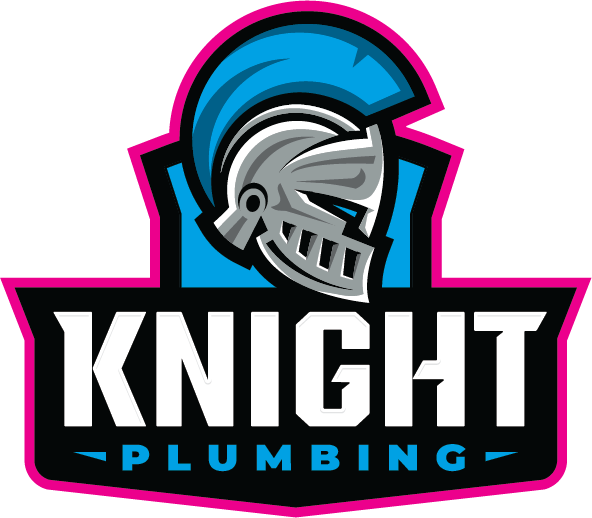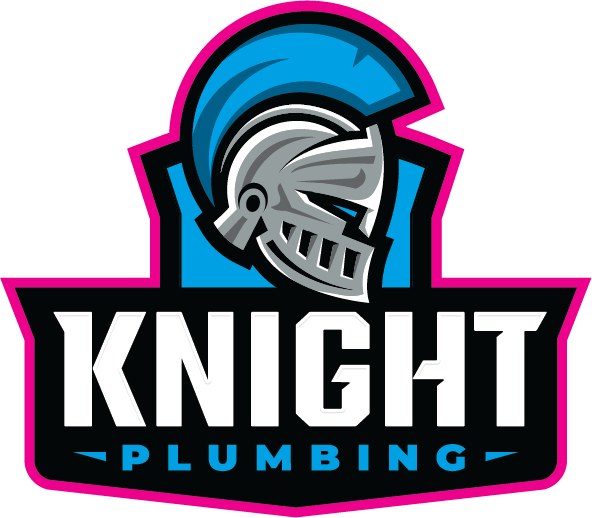As April showers begin to fall, many of us welcome the much-needed rain that helps our gardens bloom and replenishes the earth. However, along with the beauty of spring comes the heightened risk of water accumulation in our homes, especially if you live in an area prone to flooding. This is where a functioning sump pump becomes critical in safeguarding your home from potential water damage.
The Role of a Sump Pump
A sump pump is an essential device installed in the lowest part of a home, usually in a basement or crawl space. Its primary purpose is to prevent flooding by collecting excess water that accumulates in a sump basin. When the water level rises, the sump pump activates, pumping out the water away from the foundation and keeping your living spaces dry.
Why You Need a Sump Pump in April
April often brings increased rainfall, which can lead to flooding in basements and low-lying areas. If your home doesn’t have a reliable sump pump, you run the risk of water seeping into your foundation, causing structural damage, mold growth, and a host of other issues that can become both a financial and emotional burden.
Signs Your Sump Pump Needs Maintenance
To ensure your sump pump is ready to tackle any water accumulation this spring, it's crucial to be aware of signs that it may need maintenance:
- Unusual Noises: If you notice grinding, rattling, or buzzing sounds, your sump pump may have internal issues.
- Failure to Activate: Regularly check if the pump turns on when it should. A malfunctioning float switch can prevent activation.
- Continuous Running: If the sump pump runs continuously, it may indicate problems with the water table or clogs in the discharge line.
Tips for Sump Pump Maintenance
Maintaining your sump pump can extend its life and ensure it operates effectively. Here are some simple maintenance tips:
1. Test the Pump Regularly: Run your sump pump by pouring water into the basin to verify that it activates and pumps out water properly.
2. Clean the Sump Basin: Remove debris and silt that may accumulate in the sump basin to prevent clogs.
3. Check the Discharge Pipe: Ensure that the discharge pipe is clear of blockages, allowing water to flow freely away from your home.
Preparing for Spring Showers
In addition to having a functioning sump pump, consider incorporating extra drainage solutions around your home. Properly positioned gutters and downspouts can redirect rainwater away from your foundation, reducing the likelihood of flooding.
Additionally, for added peace of mind, you might want to invest in a battery backup system for your sump pump. This ensures that your home remains protected even during power outages, which can often coincide with heavy rain.
Conclusion
April showers are a natural part of the season, but they don't have to spell disaster for your home. By ensuring your sump pump is in working order, you can enjoy the beauty of spring without worrying about water damage.
If you suspect your sump pump may not be performing as it should, or if you need a plumbing inspection, don't hesitate to reach out for professional assistance. Protect your home and invest in peace of mind this spring!







